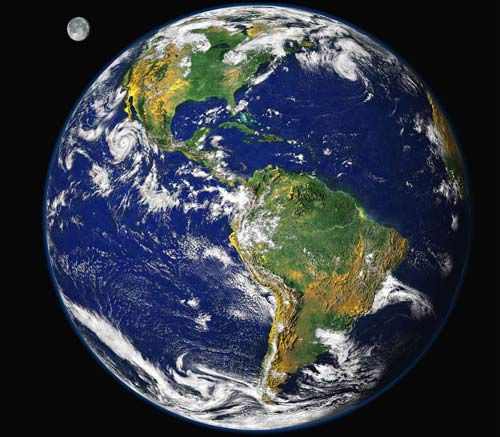Antarctic ozone holes are shrinking
Australian scientists say satellite measurements show that the hole in the Antarctic ozone layer is shrinking, with the smallest size in the last 10 years.
According to scientist Paul Fraser of the Australian Federal Scientific and Industrial Research Organization (CSIRO), one of the world's largest research organizations, if this hole continues to narrow in the upper direction, the ozone layer Antarctica will be recovered within 60-70 years.
The ozone layer is a thin layer of gas in the stratosphere of the atmosphere, acting as a shield, preventing harmful ultraviolet rays to the earth.
Ozone holes appear due to the effects of pollutants in the atmosphere. In areas with ozone holes, ultraviolet rays reach the ground more and will cause serious harm to life on earth.

Ozone holes appear due to the effects of pollutants in the atmosphere (Photo: abc.net.au)
T.VY
- The hole in the Antarctic ozone layer is shrinking
- Ozone holes in Antarctica show signs of shrinking
- The ozone hole can be healed in 2070
- The area of ice in Antarctica is mysteriously narrow
- The person who discovered the ozone layer hole died
- Ozone holes appear in the North Pole
- The ozone layer gap in Antarctica begins to shrink
- Ozone floor gaps are narrowing but will need another 60 years to fully recover
- Ozone holes can disappear by 2050
- The ozone layer has started to recover?
- Ozone hole ... is shrinking
- Ice area increased record in Antarctica
 Is the magnetic North Pole shift dangerous to humanity?
Is the magnetic North Pole shift dangerous to humanity? Washington legalizes the recycling of human bodies into fertilizer
Washington legalizes the recycling of human bodies into fertilizer Lightning stone - the mysterious guest
Lightning stone - the mysterious guest Stunned by the mysterious sunset, strange appearance
Stunned by the mysterious sunset, strange appearance